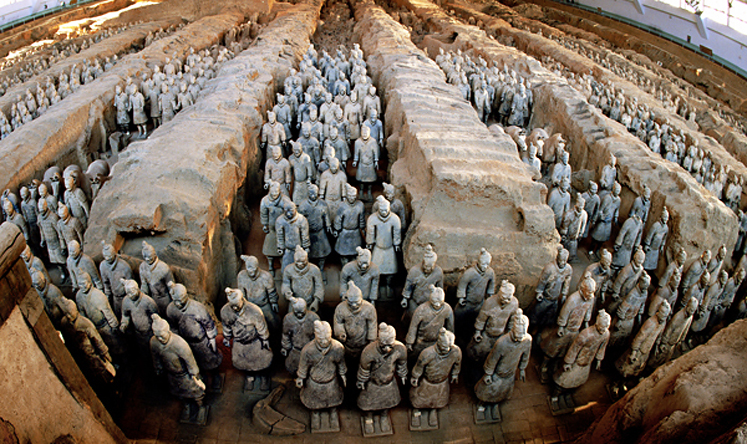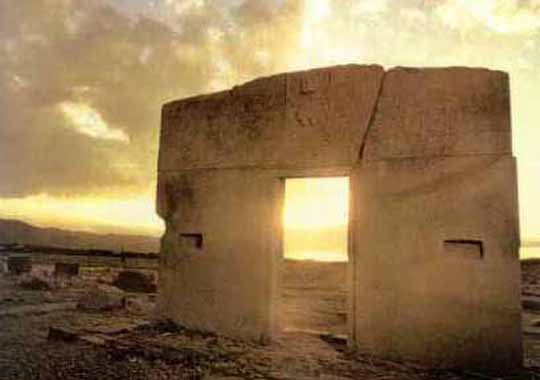 While it may not be uncommon comparably as the last couple of disclosures, this enormous terracotta furnished power that was secured with Qin Shi Huang, the essential Emperor of China, is decidedly amazing in its own benefit. Clearly the point was for the warriors to guarantee the head in forever.
While it may not be uncommon comparably as the last couple of disclosures, this enormous terracotta furnished power that was secured with Qin Shi Huang, the essential Emperor of China, is decidedly amazing in its own benefit. Clearly the point was for the warriors to guarantee the head in forever.
The Terracotta Army (Chinese: 兵马俑; really: "Contender and-steed funerary statues") is a collection of terracotta figures depicting the military of Qin Shi Huang, the primary Emperor of China. It is a kind of funerary craftsmanship secured with the head in 210–209 BCE and whose outline was to secure the ruler in his the great beyond.
The figures, dating from generally the late third century BCE, were found in 1974 by neighborhood agriculturists in Lintong District, Xi'an, Shaanxi locale. The figures change in tallness as showed by their parts, with the tallest being the officers. The figures consolidate warriors, chariots and stallions. Gages from 2007 were that the three pits containing the Terracotta Army held more than 8,000 officers, 130 chariots with 520 stallions and 150 mounted power steeds, most of which stayed secured in the pits near to Qin Shi Huang's tomb. Other terracotta non-military figures were found in various pits, including powers, trapeze specialists, strongmen and entertainers.
The Terracotta Army was found on 29 March 1974 toward the east of Xi'an in Shaanxi domain by farmers tunneling a water well around 1.6 kilometers (0.99 mi) east of the Qin Emperor's tomb slope at Mount Li (Lishan), a territory stacked with underground springs and watercourses. For a significant period of time, discontinuous reports indicated bits of terracotta figures and bits of the Qin necropolis – material tiles, squares and pieces of workmanship. This disclosure incited Chinese archeologists to investigate, revealing the greatest pottery doll bundle ever found in China.
The improvement of the tomb was depicted by history expert Sima Qian (145–90 BCE) in his most noted work Shiji, formed a century after the catacomb's completion. Take a shot at the tomb began in 246 BCE not long after Emperor Qin (then developed 13) climbed the throne, and the assignment at last included 700,000 pros. Geographer Li Daoyuan, making six centuries after the First Emperor's passing, recorded in Shui Jing Zhu that Mount Li was a favored zone due to its hopeful topography, "celebrated the world over for its jade mines, its northern side was rich in gold, and its southern side rich in amazing jade; the First Emperor, avaricious of its fine reputation, along these lines was secured there". Sima Qian created that the First Emperor was secured with regal habitations, towers, powers, noteworthy ancient pieces and wondrous inquiries. As showed by this record, 100 gushing conduits were mirrored using mercury, or more them the rooftop was improved with grand bodies underneath which were the parts of the territory. A couple of understandings of this segment imply "models" or "impersonations;" nevertheless, those words were not used as a part of the primary substance, which makes no notification of the terracotta equipped power.
A lot of mercury were found in the earth of the tomb slope, offering confirmation to Sima Qian's record.
Later recorded records recommended that the tomb had been pillaged by Xiang Yu, a contender for the throne after the death of the key ruler. Regardless, there are signs that the tomb won't not have been looted.



